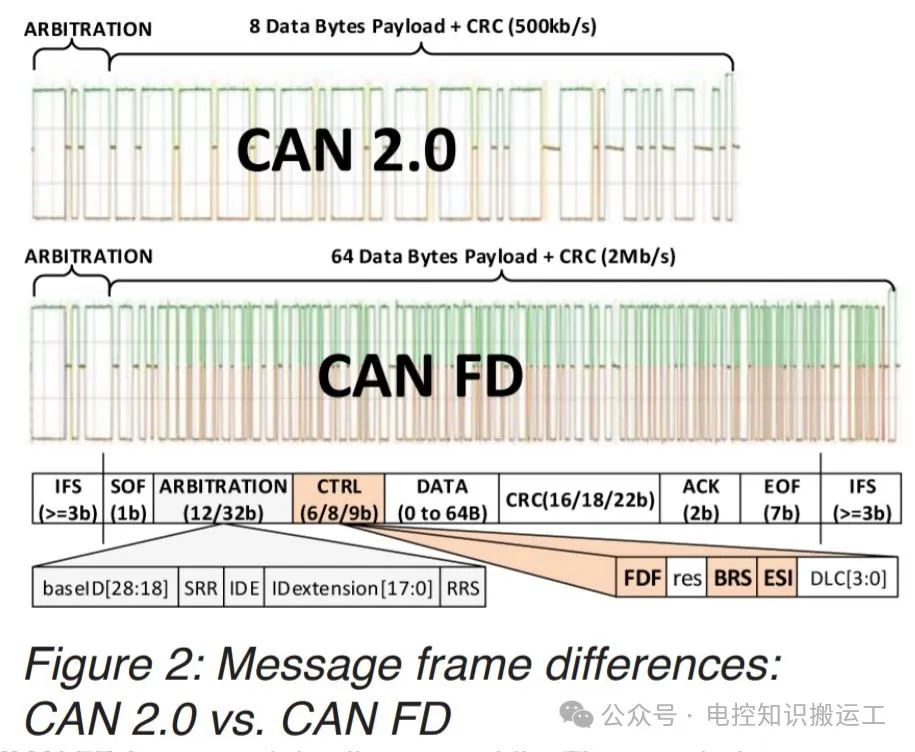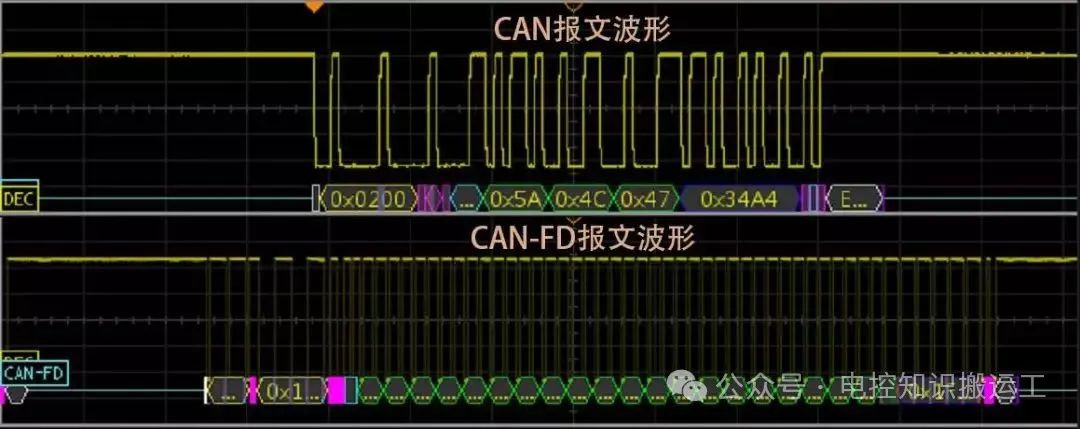
Upgrading the CAN transceiver to a CAN FD (Flexible Data-rate) transceiver is a complex process that requires careful planning, mainly involving hardware replacement and possibly software updates. Here are the detailed steps and considerations: 1. Hardware Selection First, we need to filter out the CAN controllers and transceivers that support CAN FD. CAN FD is an extension of the CAN protocol that allows for higher data transmission rates and larger data frames. Therefore, traditional CAN controllers and transceivers may not support these new features. 2. Hardware Replacement After selecting new hardware, the old CAN controllers and transceivers need to be replaced. This may involve modifications to the circuit board design to accommodate the interface and size of the new hardware. 3. Software Updates If the new CAN FD controllers and transceivers require specific drivers or firmware to support CAN FD functionality, software updates are inevitable. This may include updating the CAN drivers in the embedded system, configuring new CAN FD parameters (such as data rate, frame size, etc.), and updating applications or protocol stacks that use CAN communication. 4. Testing and Verification

After the upgrade is complete, comprehensive testing and verification are essential. This includes checking the basic CAN communication functionality, validating the specific features of CAN FD (such as high-speed data transmission, large frame support, etc.), and testing performance and reliability in real-world application environments. Ensure that the new CAN FD system operates correctly and maintains good compatibility with the old system. 5. Network Upgrade Strategy For large networks or systems, a phased upgrade may be a wiser choice. For example, some nodes can be upgraded to CAN FD while keeping other nodes using traditional CAN. At this point, it is necessary to ensure that CAN FD nodes can communicate normally with traditional CAN nodes or at least do not interfere with their communication. A gateway or bridging device may be needed to facilitate the conversion between different protocols. 6. Compatibility and Interoperability Although CAN FD is designed to be backward compatible, compatibility issues may still arise in practical applications. Therefore, during the upgrade process, it is crucial to test and verify the compatibility and interoperability between the new system and the old system. In summary, upgrading the CAN transceiver to a CAN FD transceiver is a complex process that requires detailed planning and execution. During the upgrade, special attention should be paid to compatibility and interoperability issues, and comprehensive testing and verification should be conducted to ensure the success of the upgrade.